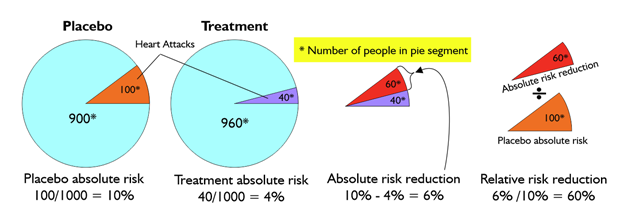COVID
MADNESS
Is the Pfizer COVID-19 Vaccine as good as they say?
Disclaimer: Nothing in this document should be construed as medical advice. Please make your health care decisions in consultation with your trusted health care providers. I am simply sharing my personal research in the hope that it will help you in your own decision process. I see it as a guided tour through some of the evidence about the Pfizer vaccine, pro and con. It is not medical advice.
To Vaccinate or not to Vaccinate, that is the question many will be facing soon. The media reports on the COVID-19 vaccines have been glowingly positive, showing 95% efficacy with minimal side effects. I know we all need some good news right now, but 95% efficacy seems too good to be true. Being curious and scientific minded (my degree is in Physics), I decided to do a deep dive into the Pfizer COVID-19 vaccine summary report filed with the FDA so that I could get a more realistic assessment.
Unsurprisingly, I found that the 95% risk reduction reported is true, but misleading. It is reporting on the relative efficacy, not the absolute efficacy.
The absolute risk reduction of the Pfizer vaccine is 0.84%,
hardly inspiring from a marketing perspective.
Absolute risk reduction vs. Relative risk reduction
So what is the difference between relative and absolute risk reduction? I’ll take a simple example and then link to a longer more in depth article for those that want to go deeper.
Suppose there is a new drug that is designed to prevent heart attacks. In the clinical trial, they find 2000 people with a similar risk profile, and assign them randomly into a treatment group and a placebo group of 1000 each. They follow them for two years, and at the end of the two years, there were 100 heart attacks in the placebo group, and 40 heart attacks in the treatment group. In the placebo group, 100 people out of 1000 had heart attacks, which is an absolute risk of 10% (100/1000). In the treatment group, there were 40 heart attacks out of 1000 people, which is an absolute risk of 4%. The absolute risk reduction for the treatment group is the absolute risk of getting a heart attack if untreated (10%) minus the absolute risk of getting a heart attack if treated (4%), which means the absolute risk reduction is 6% (10% – 4%). In other words, over the course of the two years, your heart attack risk if treated will fall from 10% down to 4%.
The relative risk reduction in the above example is the absolute risk reduction divided by the absolute risk, or 6%/10%, which is 60%. You are 60% less likely to have a heart attack if treated than untreated. Here is a graphic to illustrate these terms:

Said another way, your absolute risk of a heart attack is 10% if untreated, and falls to 4% if treated. If you treat 1000 people at risk of heart attack, only 40 people will have a heart attack vs. the 100 who would have had a heart attack if untreated, which is a 60% relative risk reduction. It is against the absolute risk reduction that most people would prefer to compare the costs of treatment, both financial and in terms of side effects. Side effects are always reported in absolute terms.
The larger the number of people treated, the larger the potential distortion for using relative risk reduction than absolute risk reduction. If there were a million in each group in the example above and the same number of heart attacks, then the relative risk reduction would still be 60%, but the absolute risk reduction would drop to 0.006% – you’d have to treat a million people to get 60 less heart attacks.
Both relative and absolute risk reduction give you important information, but absolute risk reduction is more important for assessing your benefit from the treatment. Since side effects are always listed in absolute terms, it is also easier to compare absolute risk reduction to the risk of side effects. You can see why drugs are usually marketed with relative risk reduction.
No comments:
Post a Comment